April 2, 2025 | 17:38 GMT +7
April 2, 2025 | 17:38 GMT +7
Hotline: 0913.378.918
April 2, 2025 | 17:38 GMT +7
Hotline: 0913.378.918
In recent years, the green transformation has become not only a trend, but also a requirement for export goods. Many firms and major enterprises are intensifying their green transformation efforts in response to climate change and the transition to a low-carbon economy, with the goal of achieving Net Zero. However, this transition is primarily occurring inside major businesses and foreign-invested enterprises. Many small and medium-sized firms (SMEs) are still unsure or "ambiguous" about what the green transformation mean.
Speaking at the "Green Transition - Joining Hands for a Sustainable Vietnam" event on March 28, Dr. Tran Cong Thang, Director of the Institute of Policy and Strategy for Agriculture and Rural Development (under the Ministry of Agriculture and Rural Development), emphasized three key points businesses should be aware of.
First, businesses have to understand the market's mandatory requirements. For example, in the agriculture sector, environmental and social standards are getting more demanding. Companies must adhere to a variety of criteria, the most important of which is traceability. In the fisheries and fruit sectors, technical hurdles are increasing, requiring items to have properly specified planting or agricultural area codes. When exporting to international markets, partners will conduct rigorous checks and assessments. This is direct competitive pressure.
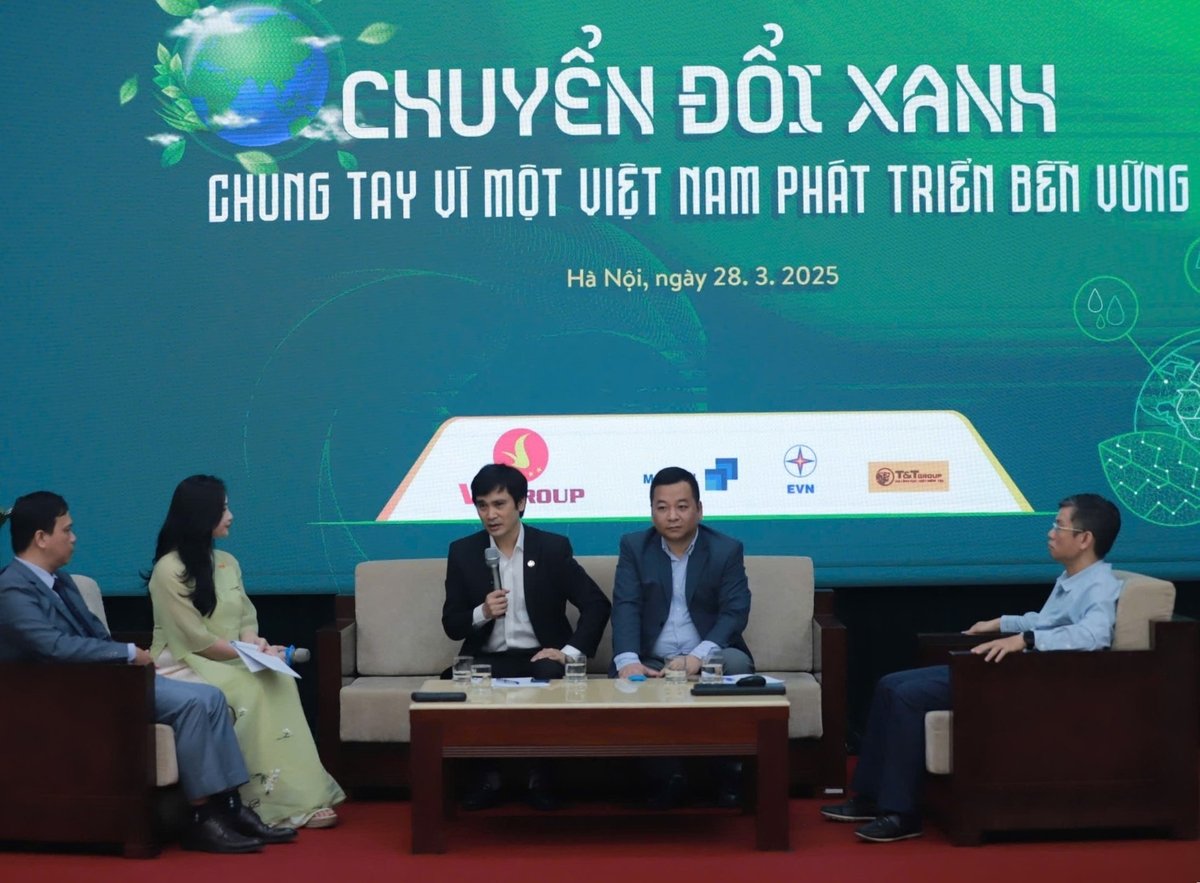
Dr. Tran Cong Thang - Director of the Institute of Strategy and Policy on Agriculture and Environment (Ministry of Agriculture and Environment) shares key points that businesses need to pay attention to in green transformation. Photo: Trung Nguyen.
Second, businesses must be proactive and forward-thinking about technological innovation. Market policies can change at any time, and businesses who fail to plan ahead of time may find themselves at a disadvantage. Although investing in new technology involves significant capital, ignoring to make the move early may result in lost competitiveness.
Third, businesses should prioritize social responsibility and environmental protection. Environmentally friendly production methods and resource-saving initiatives, such as the "1 Million Hectares of High-Quality Rice Linked to Low Emissions" project, are viable options that must be expanded. In addition, the human component is crucial. Businesses must focus on developing a workforce with new skills that match the demands of a green economy.
"Shifting from a brown economy to a green economy requires a transformation in both mindset and practices, to use resources more efficiently and leave lasting value for future generations," says Dr. Thang.
However, the challenges are not insignificant; economic efficiency remains the primary focus. For farmers, profitability remains a primary objective. They will certainly inquire whether green items can command higher costs. This is why supportive procedures are required to protect output markets and increase product value.
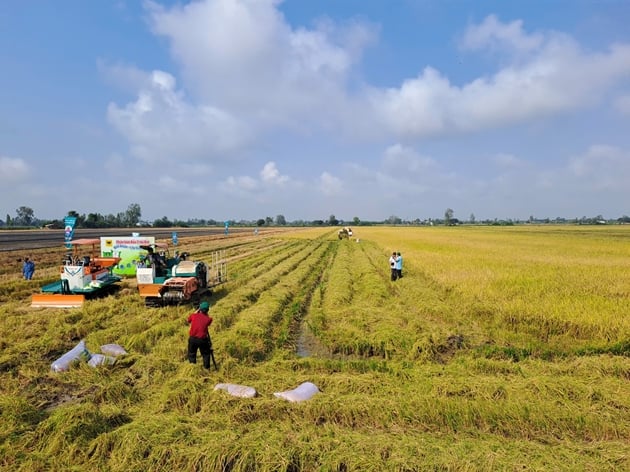
The 1 million hectare high-quality rice project associated with low emissions in the Mekong Delta is showing the right direction in green transformation of the agricultural sector. Photo: Trung Nguyen.
Furthermore, green transition necessitates major capital investment in new technologies, technology, and manufacturing processes. Without helpful policies or preferential financial resources, many small and medium-sized businesses may struggle to make the change.
Another significant obstacle is the requirement for a mindset shift throughout each organization, all the way down to individual employees. This is a process that necessitates coordination among all levels of government, support organizations, and businesses themselves. With the right legislative backing, businesses will be more driven to embrace green transformation and progress toward sustainable development.
The timber sector is one of the export sectors that is most obviously affected by trade barriers. Major markets, including Europe, North America, East Asia, and Australia, are introducing green standards throughout the full product value chain, from raw materials to manufacturing procedures and completed products.
According to Mr. Trinh Duc Kien, Deputy Director of Ke Go Co., Ltd., foreign clients increasingly want enterprises to use certified timber supplies for sustainable forest management, such as FSC or PEFC. Furthermore, businesses must demonstrate that their logging activities do not contribute to deforestation or forest degradation, in accordance with existing EU timber standards and the impending EUDR instructions.
In the production process, standards are even stricter, requiring the adoption of environmentally friendly technologies that emit no harmful substances. The EU is also implementing the Carbon Border Adjustment Mechanism (CBAM), which requires businesses to register greenhouse gas emissions per unit of product. In terms of labor practices, corporations must follow Vietnamese labor regulations as well as international corporate social responsibility standards such as the BSCI or SEDEX SMETA codes of conduct.
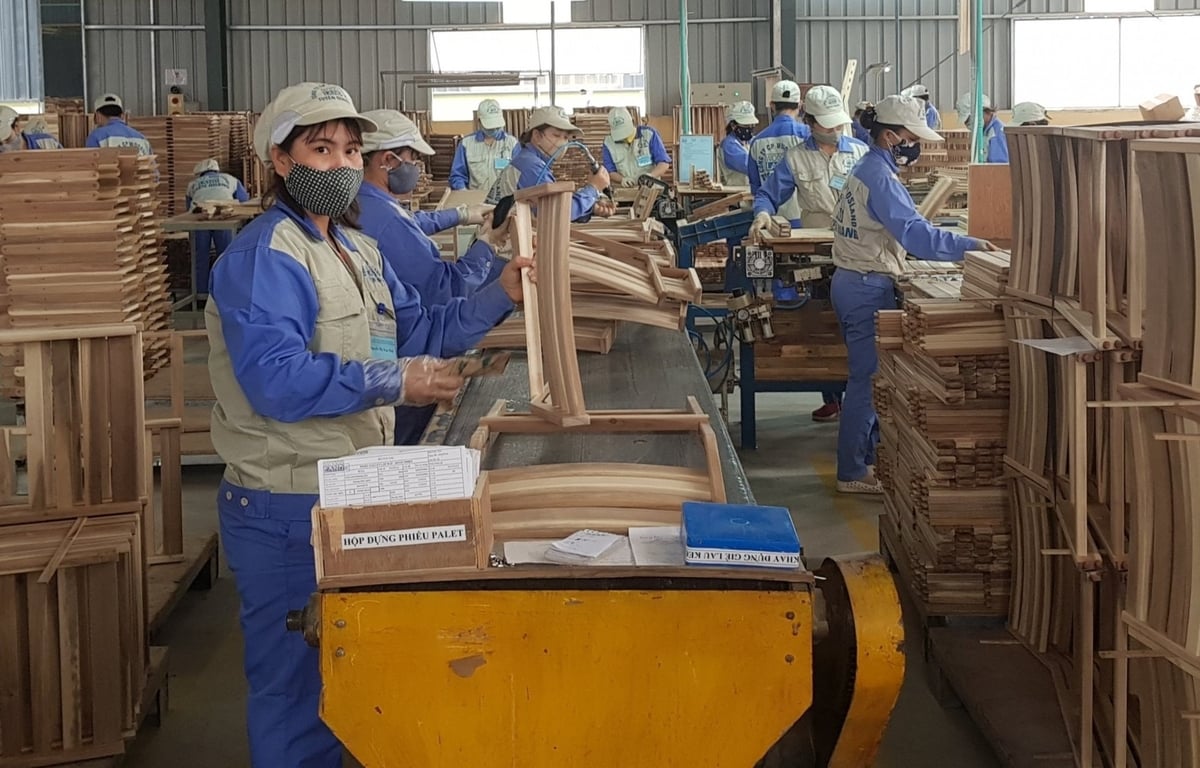
Wood exporting enterprises are facing many strict standards on environmental protection throughout the entire product value chain – from input materials to production methods and finished products. Photo: Trung Nguyen.
At the product level, the move toward "green" materials is becoming more apparent. "Many product categories are now required to substitute conventional materials with eco-friendly alternatives — for example, replacing plastic in disposable dining sets with bamboo or paper," Mr. Kien said.
Mr. Kien agrees with Dr. Tran Cong Thang's issues and believes that the government ought to outline a strategy and clear schedule for banning or controlling environmentally risky goods rather than depending entirely on private sector efforts. "Green transition is inevitable, but for businesses to implement it effectively and sustainably, a clear, consistent legal framework and meaningful support mechanisms are essential," according to him.
Dr. Nguyen Quoc Viet, an economist and lecturer at the University of Economics, believes that completing the government's legal framework and financial mechanisms, particularly credit guarantee and capital mobilization policies, is critical to promoting long-term company development.
To make these policies truly effective, he said, the government must first categorize the features and models of various initiatives, and then customize solutions to each group.
The government already has crucial legal structures in place for large-scale projects, including as the Investment Law and public-private partnership (PPP) frameworks, which allow the private sector to invest in infrastructure and priority economic sectors.
However, at the micro level, notably in agriculture and services, millions of small businesses and rural households continue to suffer significant impediments to loan availability. Their loans are typically small and unsecured, despite their considerable and expanding capital requirements.
Given this reality, Dr. Viet proposed that building cooperative models or production linkages is a potential alternative for pooling capital needs and increasing borrowing capacity via credit guarantee mechanisms. In agriculture, for example, cooperatives might represent numerous households, increasing creditworthiness and providing access to preferential loans from banks or financial organizations.
Larger businesses, particularly those working in industrial zones, can access foreign capital sources such as green credit and bond issuance. However, currency rate risks provide considerable complications. When the local currency swings dramatically, debt servicing expenses rise, directly hurting project financial performance. Thus, establishing a risk guarantee system for exchange rates or giving state-backed financial support is critical for building confidence in businesses to increase investment.
To ensure policy efficacy, Dr. Viet underlined the importance of strong collaboration among important institutions such as the Ministry of Finance, the State Bank of Vietnam, the Ministry of Industry and Trade, and the Ministry of Natural Resources and Environment. Synchronization at the central and local levels will help to establish an enabling climate for businesses to adopt green projects.
Translated by Linh Linh
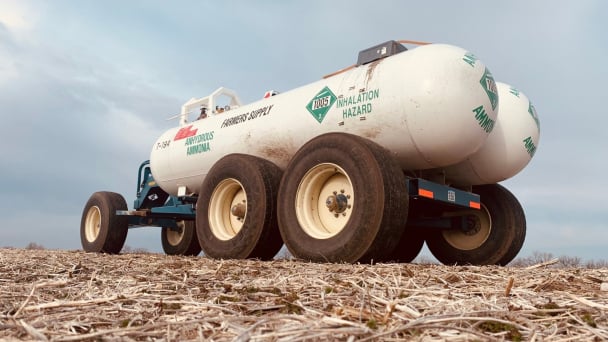
(VAN) A fertilizer market analyst says prices remain high heading into planting season.

(VAN) Vietnam needs to have a comprehensive strategy for developing the Halal ecosystem, while also building a national brand for Halal agricultural exports in order to compete.
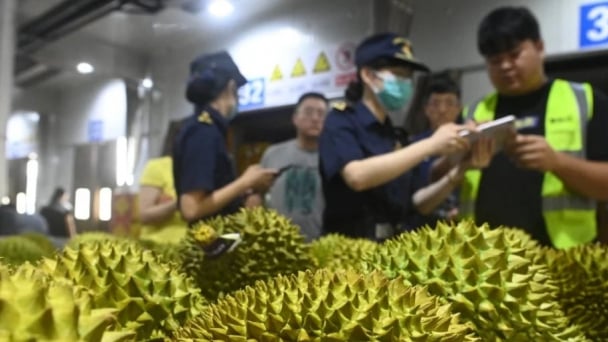
(VAN) Efforts are in progress to establish a direct export route.
/2025/03/28/4222-2-113617_215.jpg)
(VAN) Vietnam Outstanding Export Products Fair 2025 gathered more than 700 booths, displaying key products such as agricultural products, food, handicrafts, and textiles.
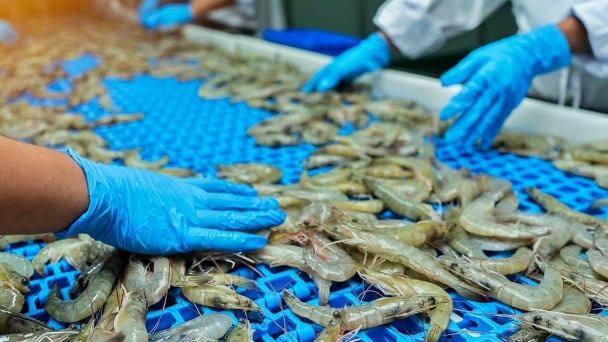
(VAN) As a binder and flavor enhancer for dishes, eggs in shrimp floured and fried are classified by the EU as an allergen and must be fully declared.
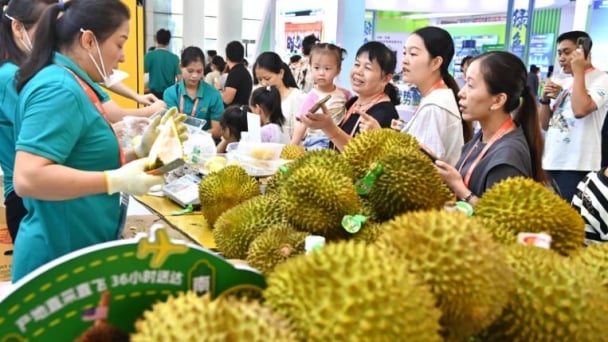
(VAN) The Thai government takes steps to ensure quality and safety of durian exports as peak season approaches.